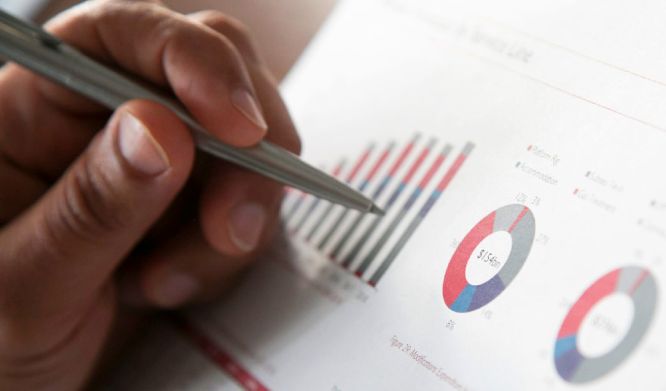WESTWOOD GLOBAL Energy Group (WGEG) sees signs of recovery in exploration in the Asia/Pacific region. This is based on findings from the company’s 2017 State of Exploration Report, which covers global exploration between 2012 and 2016 and benchmarks the performance of 40 international E&P companies (the ‘W40’).
This is based on findings from the company’s 2017 State of Exploration Report, which covers global exploration between 2012 and 2016 and benchmarks the performance of 40 international E&P companies (the ‘W40’).
It references 991 conventional completed wildcat wells involving W40 participation.
Globally, commercial oil and gas volumes discovered fell to a nine-year low last year, the report found, a response to the ‘lower for longer’ oil price scenario.
This, WGEG says, has caused companies to cut back further on exploration, with less exposure to frontier – especially deepwater – and emerging play drilling.
For the W40, gas remained the focus in Asia/Pacific during 2012-2016, with around 15.8 tcf of gas and 293 MMbbl discovered from 281 exploration wells drilled in the region.
Of the 991 wildcats cited, 541 were high impact wells and of these, 84 were drilled in the Asia/Pacific region, discovering roughly 9.6 tcf of gas and 103 MMbbl of liquids.
Papua New Guinea provided the highest volume of discovered commercial resources with ~4.6 tcf and ~120 MMbbl from 17 wells, while Australia followed with ~4 tcf and ~80 MMbbl discovered.
WGEG recorded nine commercial discoveries globally in 2016 of around 100 MMboe, compared to 18 in 2015 and 34 in 2014. Three of the discoveries were oil only, with the remaining six split into oil and gas, gas/condensate, and gas.
In the Asia/Pacific region these included Woodside’s Thalin-1A well in the Rakhine basin offshore Myanmar.
Across Asia/Pacific, drilling is down around 50% for the first half of 2017 compared to 2016, WGEG claims, with only Australasia near to last year’s level.
Exploration drilling in Southeast Asia is down 73%, although the commercial success rates here is holding up, despite the lower numbers of wells drilled.
In Australasia, the commercial success rate to date this year has been 45% and 25% in Southeast Asia, against a global average of 43%.
More recent successes include CNOOC’s Linghsui gas discovery in the South China Sea, Shell’s Jerun gas discovery in Malaysia, Woodside’s Thalin off Myamnar, and ExxonMobil’s discoveries of gas in Vietnam (Ca Voi Xanh) and Papua New Guinea (Muruk).
Andrew Hughes, Head of Research, Global Exploration, at Westwood Global Energy Group, said: “The industry is emerging leaner and fitter from this latest down-cycle, but it must be able to remain disciplined during the bull oil market to come (whenever that might be).
“The key for all companies now is to keep finding costs below $1-2/bbl, or perhaps a bit higher for near field discoveries where development costs are lower.”

